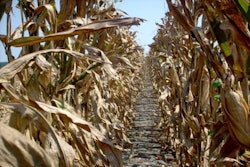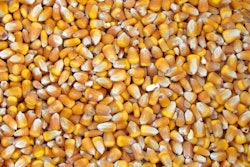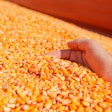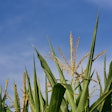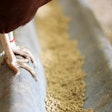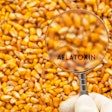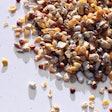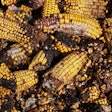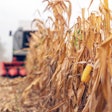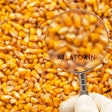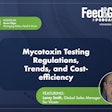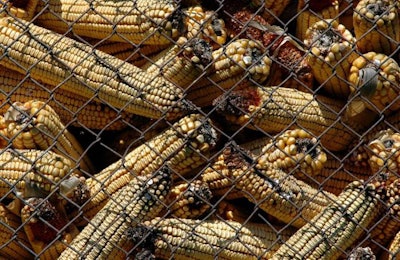
US crops were less affected by aflatoxins than usual in the 2016-17 harvest season, according to a leading scientist at the U.S. Department of Agriculture (USDA) Grain Inspection, Packers & Stockyards Administration (GIPSA).
In a late December interview with WATT Global Media, Dr. Tim Norden, chief scientist at GIPSA’s Federal Grain Inspection Service Technology and Science Division, said it’s been a relatively good year for corn because weather conditions were not right for promoting aflatoxin growth.
Aflatoxins are a type of mycotoxin, a poisonous metabolite of molds and fungi that can affect crops and livestock, which grows predominantly on corn. Norden said aflatoxin producers grow best in hot temperatures. When temperatures are high day and night during the corn silking phase, the plant is stressed and more susceptible to fungal infection.
GIPSA tests for five different mycotoxins in U.S. grain: aflatoxin, vomitoxin, fumonisins, zearalenone and ochratoxin. Aflatoxin, affecting corn, and vomitoxin, affecting wheat and barley, are the most closely monitored. Nationally, the agency performs about 300,000 tests a year, Norden said. About 100,000 to 150,000 of those tests are for aflatoxins and vomitoxins.
Norden said GIPSA detected some issues in wheat with vomitoxin in the northern U.S. The fungi that produce vomitoxins prefer cool, damp conditions on wheat and barley plants between flowering and harvest.
Mycotoxins are a constant issue in the grain and farming industries. The spores from the species that produce the toxins are present in the soil and, when the conditions are right, the mold gets a foothold and starts to grow in the plants. The toxins can poison humans and livestock when present in food, and the toxins can be present in the meat, eggs and milk of animals fed feed with mycotoxins.
GIPSA monitors the presence of mycotoxins in the food supply, and ensures mycotoxin presence in grain being shipped out of the country meet international standards, by testing grain shipments for kernels infected by mycotoxins. The U.S. limit is 20 parts per billion for aflatoxin and 2 parts per million for vomitoxin.




